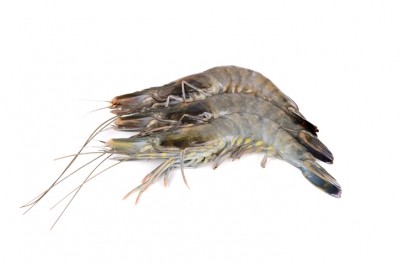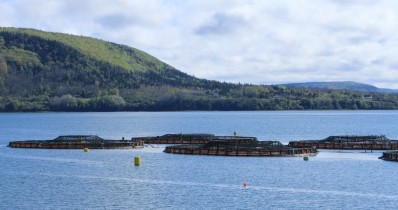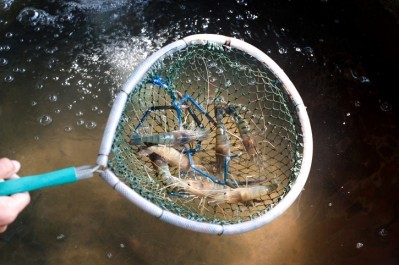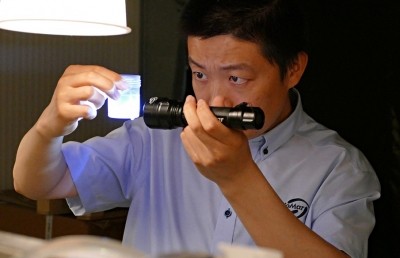Edible antivirals: Innovative feed promise amid Australia’s white spot outbreak?
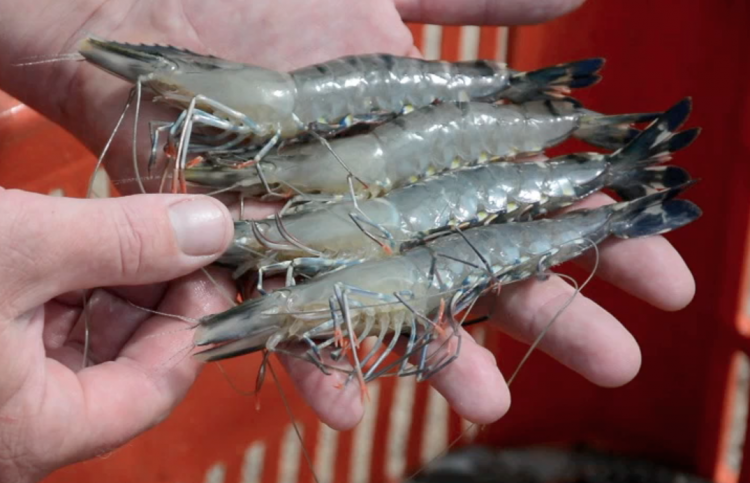
White spot – a highly contagious viral infection resulting in rapid mortality of crustaceans – has hit Australia’s prawn sector hard, affecting around 30% of industry and marking the country’s first ever outbreak in aquaculture.
The country’s Department of Agriculture and Fisheries has declared a biosecurity zone following the outbreak and put in place movement and farming restrictions - farms affected by the disease have ceased their operations this year and culled all of last year’s stock.
“It has had a significant impact on industry,” said Tony Charles, R&D chair of the Australian Prawn Farmers Association (APFA).
“The game has changed forever in Australian prawn farming. The level of infrastructure, particularly capital infrastructure, needed to try and exclude white spot is huge,” he told FeedNavigator.
Asked how industry could tackle such a daunting outbreak, Charles said it would take a lot of innovation and forward thinking.
“Feed companies are looking into immuno-stimulants to add to feeds, but the longer-term goal for viruses is antivirals, otherwise known as RNAi (RNA interference). Basically, they’re not a vaccine but they inactivate the virus.”
RNA interference is a genetic regulatory system that functions to silence the activity of specific genes. RNAi occurs naturally through the production of nuclear-encoded pre-microRNA and can be induced experimentally using short segments of synthetic double-stranded RNA. Source: Encyclopedia Britannica
Protecting broodstock through post-larvae
He said major science and research organizations like CSIRO had been working on antivirals to fight diseases for some time but focus had predominantly been on injecting broodstock.
“Potentially it creates a clean slate with the broodstock if you inactivate the virus, but it doesn’t really affect the farm too much. The ultimate goal is to orally administer antivirals because then you can add it at every feed. So, it is not just about stocking with clean animals, it is about continually inactivating the virus.”
“If feed manufacturers haven’t yet, they certainly should be increasingly considering this,” Charles said.
“I know there’s been some limited success overseas, although certainly nowhere near the 96-98% efficiency rate that we see with injectables. But that’s the challenge – to get it into feed and get it to work consistently.”
However, doing so would not be entirely straightforward, he said.
Firstly, companies had to gain novel concept approval from the Australian Pesticides and Veterinary Medicines Authority (APVMA), which “takes a fair bit” gaining permits and proving the concept to be human- and food-safe.
Secondly, companies would have to face various scientific hurdles, he said.
“There’s the scientific challenges of getting this antiviral, which can be easily produced as far as I’m aware, into feed during the manufacturing process. Then, you need research on how much you would need in the feed for it to work.”
On top of all this, he said it would be vital the feed remained economical for farmers.
Biosecurity and genetics
Tackling white spot, Charles said, is reliant on cooperation between a range of industry players, as well as a broad focus on important issues.
“With any virus, it is a combination of everything – it is better biosecurity processes; it is potentially these antivirals in the future; it is selective breeding. It will certainly take a combination of approaches to stay ahead of the pathogen game and it would be irresponsible of prawn farmers to just focus on one of these things.
“…It would be silly for them to just say ‘we’ve got antivirals, that’s enough’ – we have to keep biosecurity our number one issue, as well as focus on increasing the overall health and growth rates of stock.”
A national breeding program would also be key to a stronger future, Charles said.
“Every other major prawn farm and shrimp farm country has been hit by white spot and they’ve recovered, it just takes a hell of a lot of money, a couple of years and a change of mindset. But then, one distinct advantage that most of those countries have is they’ve invested into breeding programs."
